Learn to Play Go: A Modern Tutorial on Go Rules
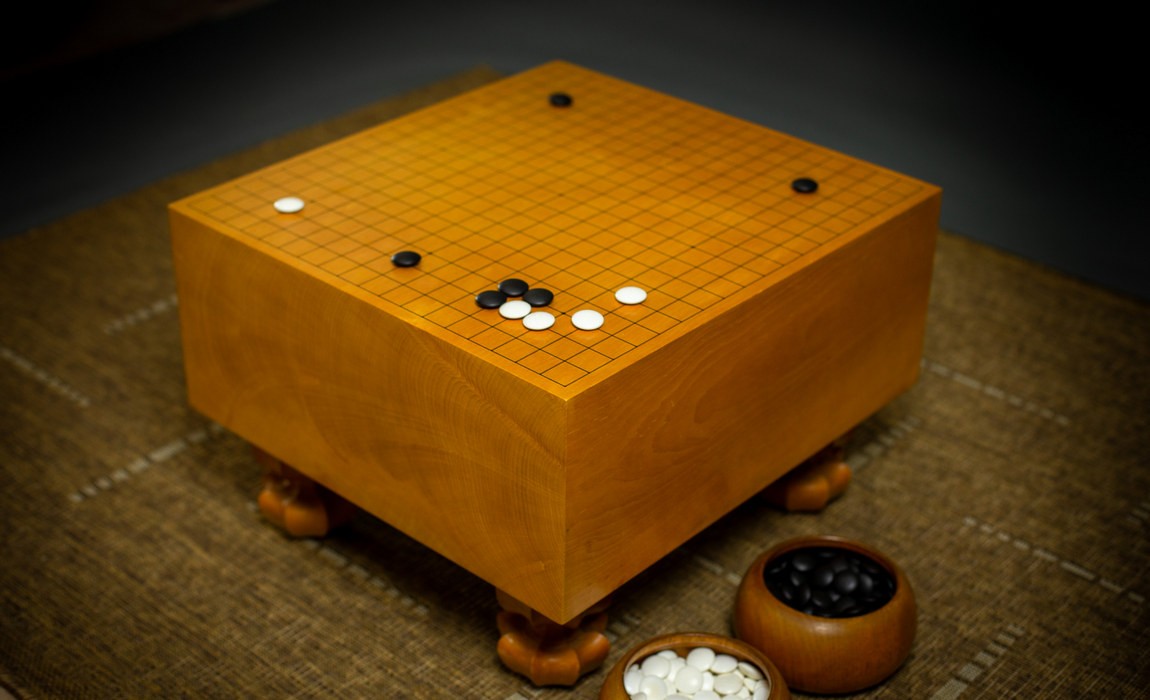
Go, also known as Weiqi or Baduk, is an ancient strategy board game that was invented in China more than 3000 years ago 🏯. The rules of Go are extremely simple. You can easily learn them in 5–10 minutes. However, this simplicity brings a huge number of possibilities and produces a vast field for creativity and imagination! It’s the case where something basic and elementary gives birth to something ingeniously complex. And this complexity is of a more fundamental order: the game of Go is no less complex than, for example, mathematics, music or philosophy, and just as interesting as all of these sciences. 🤓
Interested in learning more about the game of Go? Explore our concise and impactful Introduction to Go Game.
On our site you can learn to play Go by taking a short interactive course that covers Go rules and fundamentals. It consists of bite-sized video lessons and quizzes to test your new skills 🏹. Check out the first lesson from the course:
Enjoy the introductory video? You can continue learning on the course page or keep reading for more insights if you prefer text over video.
Learn how to play Go (Weiqi, Baduk) in 10 easy steps. Let’s Go! 🚀
Step 1. Basic Rules
First of all, remember the following:
- Two players (Black and White) take turns and Black plays first. 🎎
- At each turn one stone is placed on the board. The stones are placed on line intersections.
- Once played, the stones are not moved! 🙅♂️
Look at the board. It’s waiting for you to make your first move! 👇
Congratulations! Now you know half the rules of Go!
Step 2. What’s the Point?
Players place stones on the board to surround as much territory as possible. The stones are used as a kind of wall-building material. The player with more territory wins. 🏆
Territory is vacant board points (intersections) 🎇 surrounded by stones of one color.
For example, in this game Black has 28 points and White has 24 points. Therefore Black won by 4 points!
Keep in mind that there is no need to destroy your opponent to win in Go. ☝ It is enough to score one point more! This makes the game creative and even philosophical.
It seems like the easiest thing in the world: you place stones and surround some area. But if it all ended there, the game would be too boring and simple… 🥱
Step 3. Capturing Stones
This rule is quite simple. In fact, let’s try to understand it intuitively.
Look at the board. These white stones can be captured in one move. 👇
Easy, right? Now let’s figure out how it happens! 🎉
Step 4. Liberties and Groups
Each stone placed on the board has the so-called “liberties”. They are the adjacent empty intersections surrounding the stones. In the following diagram the liberties are marked with crosses. ☝ As you can see, the stone in the center has 4 liberties, the one at the edge has 3, and the stone in the corner has 2 liberties only.
When all the liberties are occupied by the opponent, the stone is removed from the board.☠
⚡ Each captured stone gives you one extra point! ⚡
The stone with one liberty left is said to be in atari, meaning it is about to be captured.
The game of Go came to Europe and America from Japan, that is why we often use Japanese terminology. However, we will refrain from using these special terms unless there is no way to replace them. For now you only need to know the term atari.
By the way, you may be familiar with the word “Atari”. In fact, this was the name of a popular video game manufacturer in the 1970s and 80s. The company got this name because its founder Nolan Bushnell was a big fan of Go.

Atari, Inc. founder
If it’s White’s turn now, they can save their stone. Give it a try. 👇
White adds a stone (“extends”) and now has a group of two stones. How many liberties does this group have? That’s right, three liberties. 🧐
Note that the stones are connected only along the horizontal and vertical lines.
⚡ Diagonals DO NOT count as connections! ⚡
Well, now you know the second half of the rules of Go! It wasn’t hard at all, was it?
Before we move on, let’s practice a little. 👨🏫
Step 5. No Suicide Allowed!
There are virtually no restrictions in Go. You may place a stone on any empty intersection on the board. You can also skip a move at any time by saying “pass”. Still, there are two perfectly logical and natural restrictions in Go. And the first one prohibits suicide.
Take a look at this position:
If Black played at A, their stone would have no liberties and would be immediately removed. This is a suicide — a pointless and prohibited move. The computer won’t allow you to play a stone at A. 🙅♂️
Please note that the white group has only two liberties: one inside and one outside. If you close the external liberty, the move at A becomes legal, because with this move Black can capture the whole group. Try it yourself! 💪
☝ Therefore, if a stone or a group of stones is in atari, it can always be captured!
Step 6. The Magic of Two Eyes
Because of “the forbidden suicide” rule, it is possible to build a group that cannot be captured even if the opponent completely surrounds it! 🦸♂️ Such a group must contain at least two separate spaces in which the opponent is not allowed to play a stone. Such a group is referred to as a living or a two-eyed group.
Examples of groups that cannot be captured are shown on the board below. Notice that groups 1 and 2 are not formally connected, but still create two eyes. Group 3 is also “immortal”. 🧛♀️
Take a look at group 4. Where should Black play to avoid the capture of their stones? 🤔
Try experimenting with the position on the board to figure out how it works.
In actual games you don’t need to think about making two eyes all the time. The main objective is to surround territory. If you have a large area, you can always create two eyes if necessary.
Finally, a trick question for you. Does this white group have two eyes? 👀
☝ It might look like a living group, but in fact it is not. Look carefully. These stones are actually not connected, they are down to their last liberties and can be captured by the opponent at any moment. You can try and capture these white stones.
Step 7. The Ko Rule
✌ The second and final restriction in Go is the prohibition to recreate an earlier board position. It is called the ko rule, and it is as logical and necessary as the rule prohibiting suicide.
⚡ You can play your first games without knowing this rule. We mention it now only to let you know that it exists. Ko occurs quite rarely, so you can safely skip this step and come back later, when the need arises. ⚡
Let’s look at the following example. Black to play. Capture the White stone by making a move to A. 👇
Now it is White’s turn. The computer won’t allow you to recapture Black’s stone, since the position would revert to the one you started with. 🙅♂️ If it were not for the Ko rule, there would be nothing to prevent this capture and recapture from continuing indefinitely, so the game would never end. That is why in such situations it is only possible to recapture a stone only one move later. Try to figure out for yourself how this rule works by experimenting with the position on the board.
There you go, now you know everything for sure! Or maybe… almost everything 😁
Step 8. Summary
Well, we’ve learned all the rules of Go. In fact there are only three of them:
- Rule of alternation — two players take turns and place stones at intersections. 🎎
- Rule of capture — the stones are removed from the board if the last liberty is occupied. 💀
- Rule of illegal moves — prohibition of suicide and Ko rule. 🙅♂️
🎯 The goal of the game is to surround as much territory and as many enemy stones as possible.
Each prisoner adds one point. Each free board intersection surrounded by stones also makes one point. At the end of the game the points are counted. The player with the most points wins. 🏆
In popular board games like checkers or chess ♟, the main goal is to capture pieces. However, this is not the case in Go. In Go you can win without capturing a single stone! 😮
During the game you have to think big 🤔 and choose the move that brings maximum profit, for example, capturing some stones or surrounding some territory. But usually building territory is a more advantageous strategy.📈
Step 9. Sample Game and Scoring
Watch the game using the navigation buttons below the board.
The game ends when the board is completely divided between two players and no useful moves are left. ☝ Useful moves are the ones that increase your territory or decrease your opponent’s territory. A move into your own area will take points away from you, while a move into your opponent’s area will give points to them.
When there are no useful moves left, players say “pass” to skip a move. When both players have passed consecutively the game stops and scoring begins. ✍
Black: 28 points of territory + 0 captures = 28 points.
White: 26 points of territory + 1 captured stone = 27 points.
Black won because they have 1 point more!? 😮
But there is a catch! Since Black plays first, they have a slight initial advantage: they can occupy the corners first, they can attack first, etc. In order to make up for this, it was decided that White gets 6.5 points of compensation. The fractional value allows to avoid a tied game. Such compensation is called komi.
⚡ Komi — White gets 6.5 points of compensation ⚡
In this way, if we count the score in the last game with the komi, then White got not 27, but 33.5 points and hence won by 5.5 points!
When you play over a real board, you can use a trick to count the score: place prisoners inside the opponent’s territory, thus reducing it. That way you’ll have to count less. There’s no difference between adding those points to yourself or subtracting them from your opponent. Moreover, when counting, stones can be rearranged to form rectangular areas that can easily be counted by multiplication. You can see how to do this in Lesson 3 of the Rules of Go course.
Step 10. A More Complex Game
Watch the game using the navigation buttons at the bottom of the board. 👀
There was a lot more fighting in this game!⚔ Note that not all stones were captured and removed from the board during the game. If stones can’t make two eyes and avoid being captured, there is no need to “execute” them. They are considered dead and will be removed from the board at the counting stage and put together with the rest of the captured stones. Let’s count. ✍
Black: 21 points of territory + 3 prisoners = 24 points.
White: 12 points of territory + 1 captured stone + 3 prisoners + 6.5 komi = 22.5 points.
Black won by 1.5 points! 🏆
The True Go
In this article all games and problems are shown on a 9×9 board for your convenience. Theoretically, a Go board can be absolutely any size (and even shape!), but traditionally a 19×19 board is used. And this is where the real Go begins! 💪

When you play on a board of this size, you have to think globally and creatively 👨💻 when making plans to surround territory. When black and white stones start to fight, you have to calculate moves in advance. And you always have to watch the whole board 👀, trying not to miss a single important move. It is very challenging, but extremely exciting as well! It is no wonder that Go is not only the most complex game in the world, but also one of the most popular.
Here is a game played in 1683 between two Japanese masters 🦸♂️: Honinbo Dosaku and Inoue Inseki. Try to follow it and understand the general flow of the game.
In this game White won by 13 points. There was no komi in those days.
What’s Next?
Now that you know the rules, the limitless and diverse world of Go opens up before you ✨. You will learn the basic strategic principles, discover the great masters of Go, find your own style and play many exciting games!
- If you haven’t seen the anime “Hikaru no Go” or “AlphaGo” documentary, we highly recommend watching them.🎬 You will find these and other movies in the Motivation section. Once you immerse yourself in the culture and spirit of the game, it will be easier to start moving to the heights of Go mastery.
- We have designed three special courses for beginners 👨🏫. They will introduce you to the rules of Go and teach you all the basic principles of the game. Usually, beginners start learning to play Go on a small 9×9 board, then switch to a 13×13 board and only then to a classic 19×19 board. Our courses are based on the same principle: 9–13–19. The goal of this trilogy is to make you feel confident 💪 on the big board and to help you understand everything that happens in the game. The knowledge you will gain is enough to reach the level of ~10 kyu.
☝ All the courses consist of short video lessons and quizzes. You can study at your own pace and always come back if you need to revise something.
- In addition to the courses we have developed a Skill Tree, in which you will find a variety of different Go problems. The problems are conveniently structured and will help you improve your Go skill in a fun, RPG-like fashion. 🧙♂️
- Find and join a community of Go players in your city. Feel free to use the map on baduk.club to search for Go clubs around the world. 🌎
- Play Go online! Find a list of recommended servers on the useful links page. 📜
- Join our friendly Discord community! You can ask any questions and meet the founders and other users of the Go Magic platform there. 👨👩👧👧
Good luck in your Go adventure!
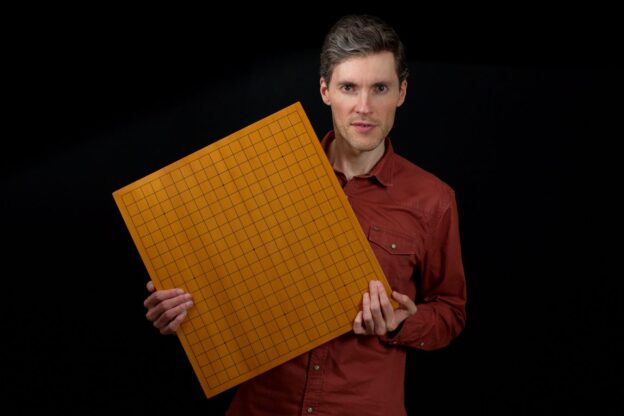
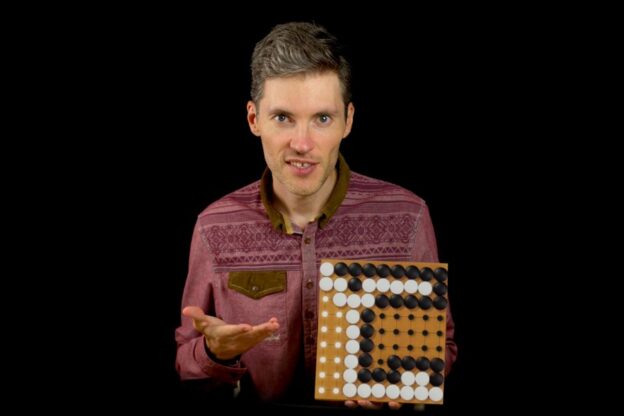


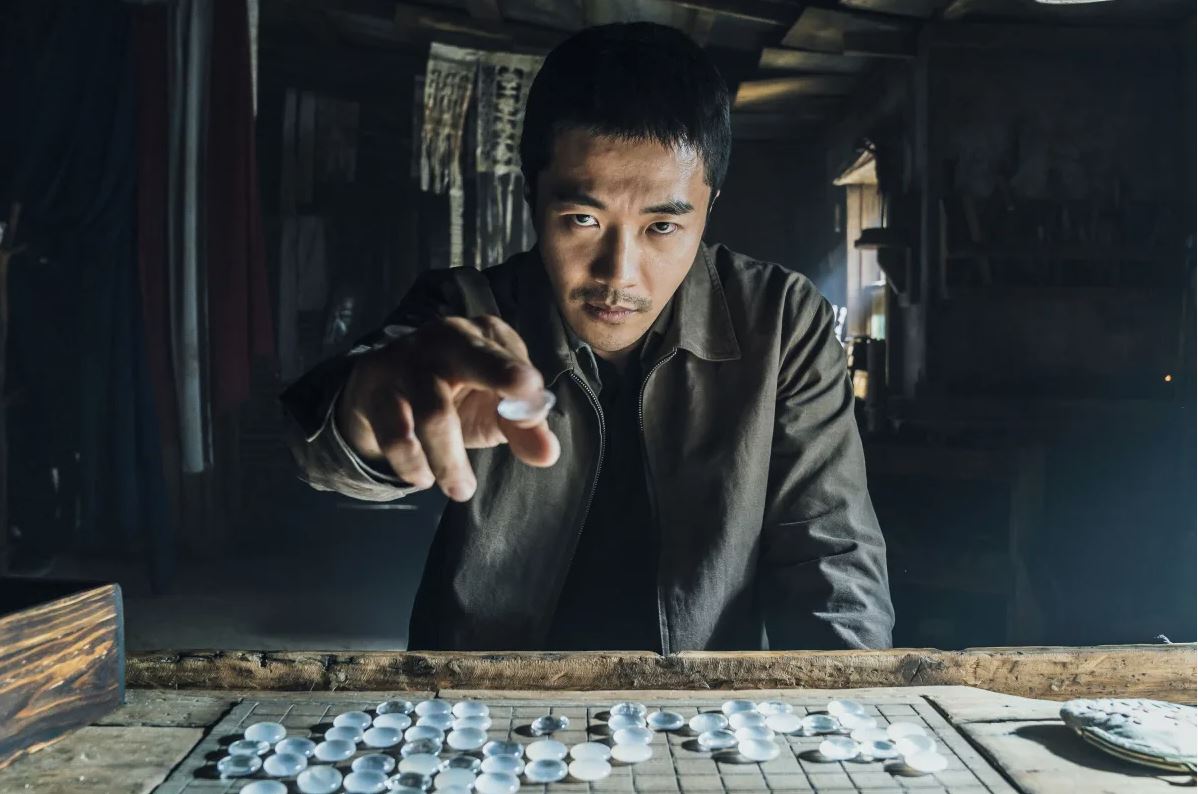
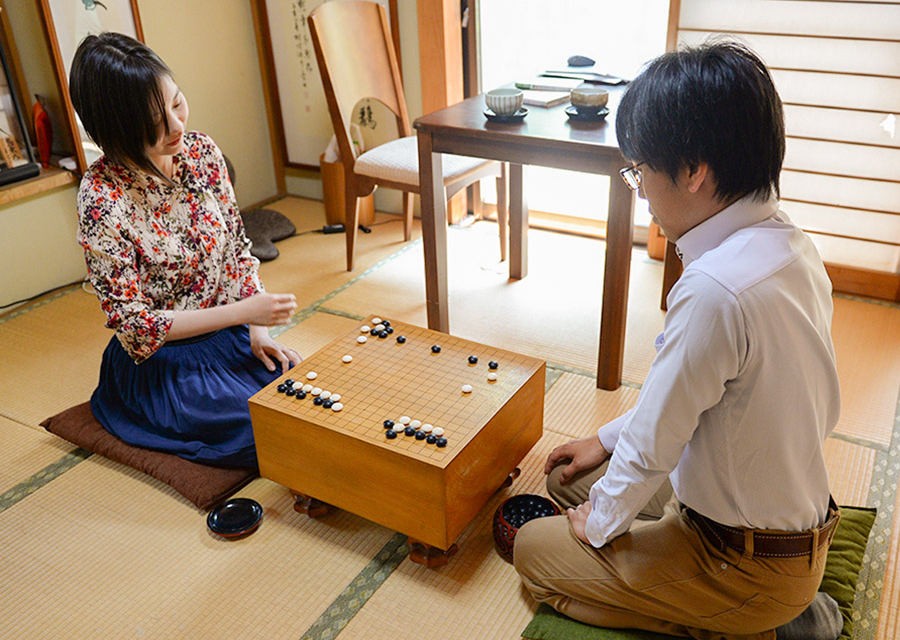
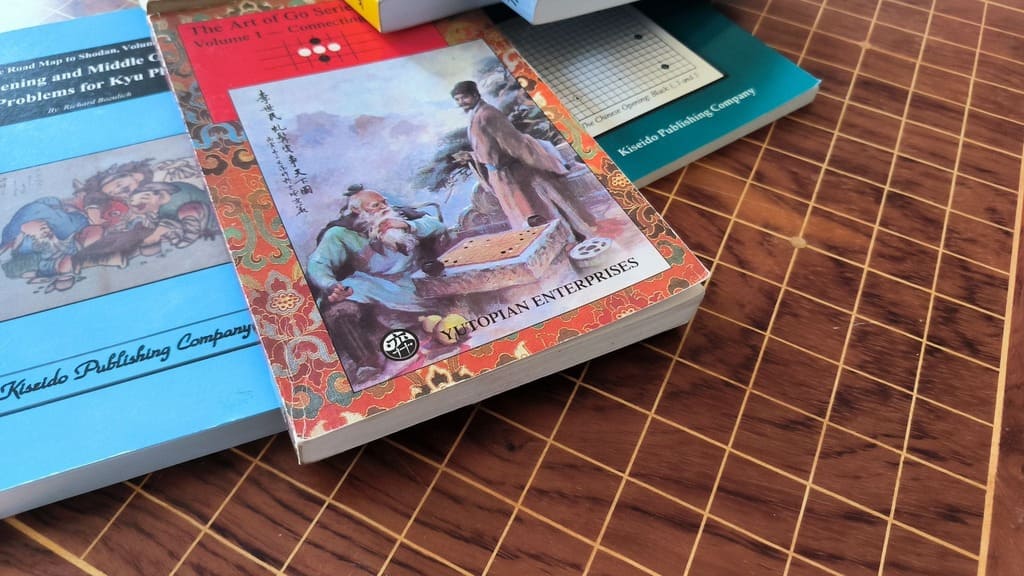
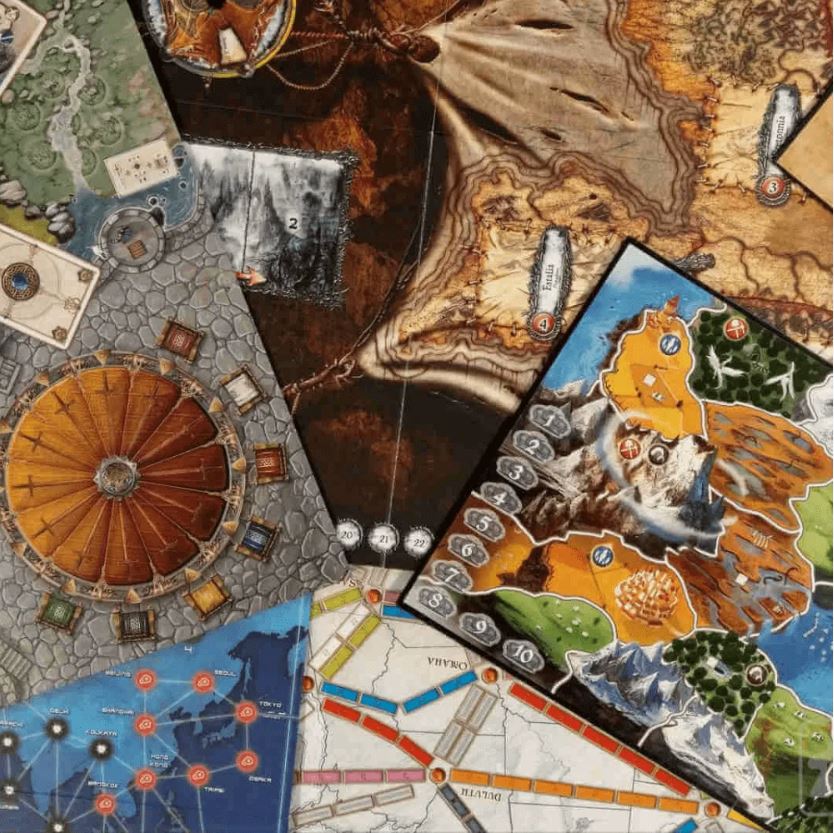
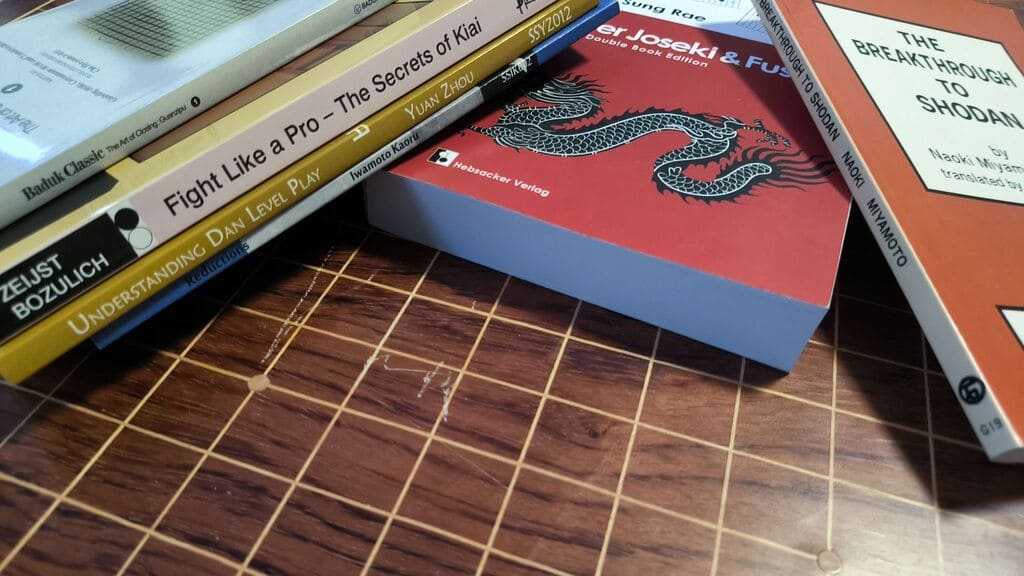
Excelente manera de aprender este maravilloso juego por la manera clara y precisa de cada explicación y cada ejercicio. Agradecida.
Excelente metodologia muy clara y precisa que facilita la comprension y disfrute de este maravilloso juego. Gracias por tan agradable manera de aprender y jugar.
Class Game
Thanks
Do I need to.pay anything?Tq
Nope no need,exellent website
So good!
This website is the best go website i have come across(black to play, smart go,OGS,go quest)
Keep finding good help and features of this site.
THANK YOU VERY MUCH!!